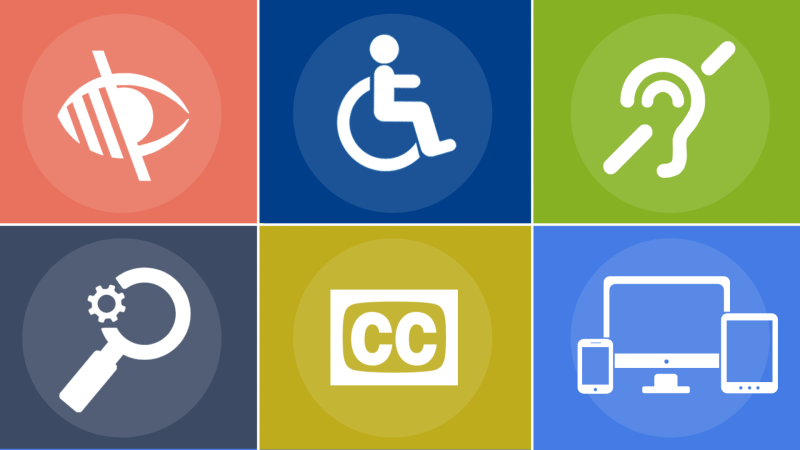Common Issues and Barriers to Access

Barriers to access may be obvious or not. Understanding the challenges to accessibility allows us to plan for a more inclusive university environment.
Examples of barriers for people with cognitive, learning, and neurological disabilities:
- Complex navigation mechanisms and page layouts that are difficult to understand and use.
- Complex sentences that are difficult to read and unusual words that are difficult to understand.
- Long passages of the text without images, graphs, or other illustrations to highlight the context.
- Moving, blinking, or flickering content, and background audio that cannot be turned off.
- Web browsers and media players do not provide mechanisms to suppress animations and audio.
- Visual page designs that cannot be adapted using web browser controls or custom style sheets.
Examples of barriers for people with physical disabilities:
- Websites, web browsers, and authoring tools that do not provide full keyboard support.
- Insufficient time limits to respond or to complete tasks, such as to fill out online forms.
- Controls, including links with images of text, that do not have equivalent text alternatives.
- Missing visual and non-visual orientation cues, page structure, and other navigational aids.
- Inconsistent, unpredictable, and overly complicated navigation mechanisms and page functions.

